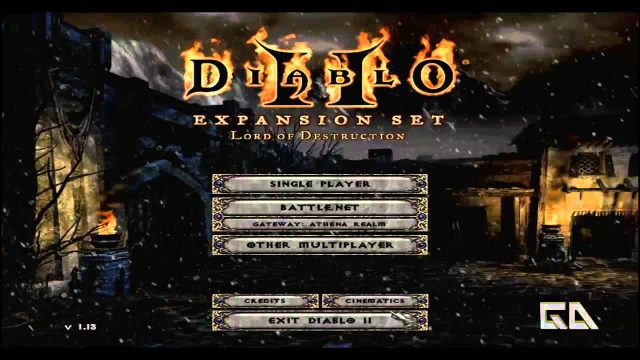

Since most people couldn't understand Hanja, Korean kings sometimes released public notices entirely written in Hangul as early as the 16th century for all Korean classes, including uneducated peasants and slaves. Consequently, official documents were always written in Hanja during the Joseon era. Hangul was widely used by all the Korean classes, but often treated as amkeul ("script for women") and disregarded by privileged elites, whereas Hanja was regarded as jinseo ("true text"). Introduced in the document Hunminjeongeum, it was called eonmun (colloquial script) and quickly spread nationwide to increase literacy in Korea. He felt that Hanja was inadequate to write Korean and that this was the cause of its very restricted use Hangul was designed to either aid in reading Hanja or replace Hanja entirely. In the 15th century, King Sejong the Great personally developed an alphabetic featural writing system known today as Hangul. However, most of the population was illiterate. Mainly privileged elites were educated to read and write in Hanja.

They were adapted for Korean and became known as Hanja, and remained as the main script for writing Korean for over a millennium alongside various phonetic scripts that were later invented such as Idu, Gugyeol and Hyangchal.

Hanja, Chinese characters adapted to the Korean language, are still used to a very limited extent in South Korea.Ĭhinese characters arrived in Korea (see Sino-Xenic pronunciations for further information) together with Buddhism during the Proto-Three Kingdoms era in the 1st century BC. Originally, Korean was a spoken language, as written records were maintained in Classical Chinese, which is not mutually intelligible with either the historical or modern Korean languages, even in its spoken form. Modern Hangul uses 24 basic letters and 27 complex letters. Modern Korean is written in Hangul, a system developed in the 15th century for that purpose. The linguistic homeland of Korean is suggested to be somewhere in Manchuria. Modern linguists generally classify Korean as a language isolate, and its connection to languages such as Japanese is unclear however, it does have a few extinct relatives, which together with Korean itself and the Jeju language (spoken in the Jeju Province) form the Koreanic language family. It is also spoken in parts of Sakhalin, Russia and Central Asia. It is a recognised minority language in the Yanbian Korean Autonomous Prefecture and Changbai Korean Autonomous County of Jilin Province, China. It is the official and national language of both North Korea and South Korea (originally Korea), with different standardized official forms used in each country. Korean ( South Korean: 한국어, hangugeo North Korean: 조선말, chosŏnmal) is an East Asian language spoken by about 80 million people, mainly Korean, as of 2020.


 0 kommentar(er)
0 kommentar(er)
